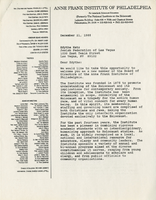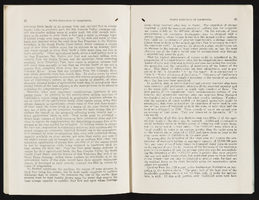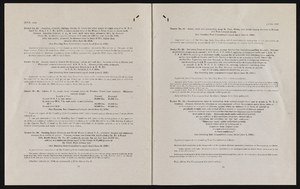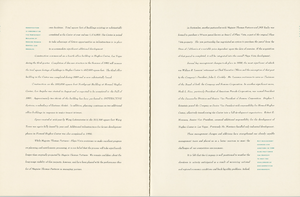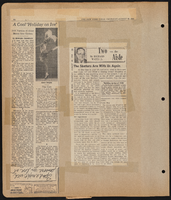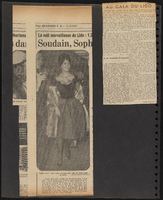Search the Special Collections and Archives Portal
Search Results
Kwan, Tina, 1983-
Pediatric cardiologist Tina Kwan arrived in Las Vegas as a toddler and attended two private schools before graduating from Kenny Guinn Middle School and The Academy of Mathematics, Science Arts and Technology (A.M.S.A.T.) at Clark High School after being recruited by Principal Wayne Tanaka. After completing University of Nevada School of Medicine in Reno, she did her pediatrics residency at University of Arizona in Tucson and her cardiology fellowship at Arkansas Childrens Hospital before joining Childrens Heart Center of Nevada.
Person
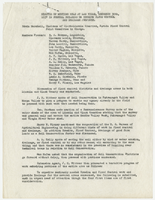
Minutes of meeting held on southern Nevada erosion, flood control, and drainage projects, Las Vegas Federal Building, December 30, 1937
Date
Archival Collection
Description
Meeting to discuss all aspects of erosion and flood control projects in southern Nevada.
Text

Sandra Gray oral history interview: transcript
Date
Archival Collection
Description
Oral history interview with Sandra Gray conducted by Elsa Lopez and Barbara Tabach on December 13, 2019 for the Latinx Voices of Southern Nevada Oral History Project. In this interview, Dr. Gray discusses her family history, and describes how her parents are immigrants from Durango, Mexico and moved from East Los Angeles, California to East Las Vegas, Nevada in 1991. After getting her bachelor's degree in psychology from the University of Nevada, Las Vegas (UNLV) she started a behavioral health agency that provided rehabilitative mental health services to children primarily in the foster care system. She went on to earn a master's degree in mental health counseling, a master's in psychology, and a doctoral degree in clinical psychology. She is the founder of Empower LV, which strives for equitable access to sports and tutoring. Dr. Sandra Gray is also the owner and operator of Innovation Behavioral Health Solutions, LLC.
Text

Meeting minutes for Consolidated Student Senate University of Nevada, Las Vegas, September 18, 1995
Date
Archival Collection
Description
Text

